Weaker activity, high interest rates, and distrust in fiscal situation are main threats in 2023, says Cemec-Fipe
01/03/2023
/i.s3.glbimg.com/v1/AUTH_37554604729d4b2f9f3eb9ad8a691345/internal_photos/bs/2022/P/8/Cs4BZISAGCtLFVGRYFHA/210921carlos17.jpg)
Carlos Antonio Rocca — Foto: Silvia Zamboni/Valor
The good performance of investments in the last two years was driven by factors that are losing steam or under threat. After reaching 19.6% of GDP in the third quarter of this year, the highest level since 2014, the investment rate faces a more difficult perspective amid a scenario of anemic growth, high interest rates, and distrust about the fiscal policy.
This is the situation currently described by most analysts. After two years of strong growth — the expansion of the GDP reached 5% in 2021 and is expected to close at 3% this year —, a firm deceleration is now expected. The median of the Central Bank’s Focus survey points to an advance of 0.75% next year. In the survey published Friday by Valor, the median among 114 institutions was 0.7%.
At the same time, the economy will enter 2023 with a key interest rate of 13.75% per year and also high long-term interest rates — the ones that matter for investment decisions. At the close of the last trading session of 2022, the NTN-B (National Treasury note) maturing in 2035 was at 6.03%, compared with 5.27% at the end of 2021 and 3.21% in 2020.
Investment decisions look at the future outlook but are also based in part on current conditions. One way to look at this is to observe the behavior of the return on invested capital (ROIC) and the weighted average cost of capital (WACC) of a selection of 450 publicly traded companies. The calculations made by the Center for Capital Market Studies (Cemec-Fipe) show that investment attractiveness — the difference between ROIC and WACC — peaked in the first quarter of last year, but the cost of capital prevailed again in the third quarter.
“Besides this, this period had some interesting advances that helped drive investments, such as the new law on regulatory agencies, the approval of the basic sanitation framework, the gas law, and a better institutional environment,” said Carlos Antonio Rocca, coordinator of Cemec-Fipe.
It is worth noting, says the economist, that the numbers are compiled using data from listed companies which, in theory, are more efficient than the average of the Brazilian market. In other words, the cost-benefit ratio of investing for the average Brazilian company is worse.
Taking a closer look, it is also possible to observe that the two main sectors that have led the recent improvement in investment — civil construction and the agribusiness truck and machinery industry — do not necessarily have prospects as favorable as those that have been present until now.
The perspective of the Civil Construction Union of the State of São Paulo (Sinduscom-SP) is that the segment’s growth will fall from 7% in 2022 to only 2.4% in 2023. The second sector, on the other hand, has a more encouraging outlook. The most current estimate from the National Supply Company (Conab) is for a record harvest in 2023, reaching 312.2 million tonnes, or 15% more than the one obtained this year. On the other hand, it is widely expected that the boom in commodity prices has ended and that this picture will be stable or show a slight decrease next year.
Gilberto Borça, a researcher at the Brazilian Economy Institute (Ibre FGV), points out the cyclical character of both “drivers” of investment. “The commodities sector is linked to this cycle of rising prices, which is a less noble type of investment. Civil construction, on the other hand, is also recovering from a sharp drop between 2015 and 2016, when the sector was virtually decimated by the Car Wash scandal,” he said.
Mr. Borça lists other reasons to reduce enthusiasm for the recent investment boom. The first is the well-known accounting effect of the internalization of the oil platforms in the national accounts, which inflated gross fixed capital formation (GFCF) by about 1 percentage point in 2020 and 2021 — the effects of which are expected to diminish as of 2022.
The second reason is the fact that the prices of investment products and inputs have grown faster than the prices of the economy as a whole in the recent period. In situations like these, GFCF as a proportion of GDP can grow even if there is no real growth, he says.
Considering the variation of the investment rate to the GDP at current prices, the economist notes that this investment deflator accounted for 42.8% of the investment growth in 2021 or 2.1 percentage points of the 4.9% GFCF growth in 2021 compared to the previous year. Still, real growth would have been 2.5 percentage points — the highest since 2010.
Looking ahead, the Lula administration is promising a resumption of public investments, whose levels today are not even sufficient to cover the depreciation of capital, recalled the FGV-Ibre researcher.
“Public investment ends up generating systemic gains in the economy and channeling private-sector investment,” said Mr. Borça. “I believe that the appointment of Gabriel Galípolo [to the Executive Secretariat of the Ministry of Finance], a specialist in public-private partnerships, can help this model get off the ground and attract the private sector, given the fiscal limitations.”
According to Cláudio Frischtak, managing partner of consulting firm Inter.B, public investment in infrastructure, including that of state-owned companies, currently accounts for nearly 0.6% of GDP. “Therefore, it is not very relevant from the standpoint of aggregate investment, but it can generate a ‘crowd-in’ effect [when it induces other agents to invest]. I see the two as complementary,” he said.
The question, he ponders, is that the direction the new administration intends to give to the fiscal issue may scare investors away. “What is currently being proposed in Congress already creates a negative effect that can last for months and maybe years. We are going to have a huge disincentive because of the increase in the cost of capital,” said Mr. Frischtak.
In the short term, Mr. Frischtak is skeptical about the new administration’s promise to increase public investment next year. “There is no project, execution capacity, or governance for a construction boom. If everything goes right, it could grow nearly 0.1 percentage point of the GDP next year 2023, around R$10 billion, maybe 0.2 points. It doesn’t make sense to talk about a shock of R$40 billion,” he said.
By Marcelo Osakabe — São Paulo
Source: Valor International

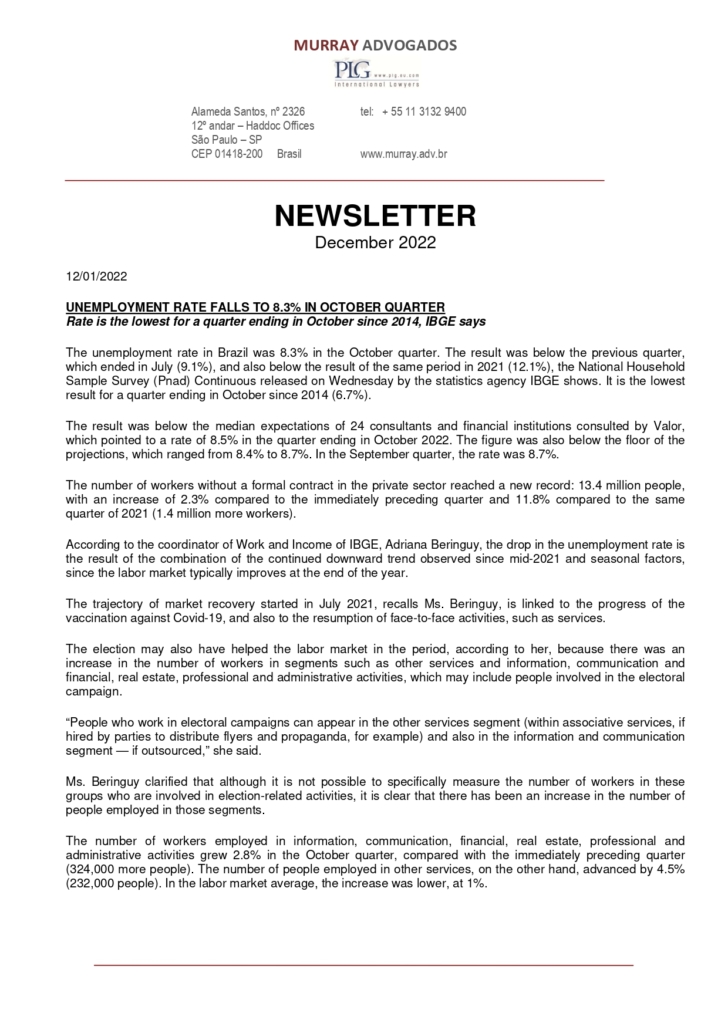
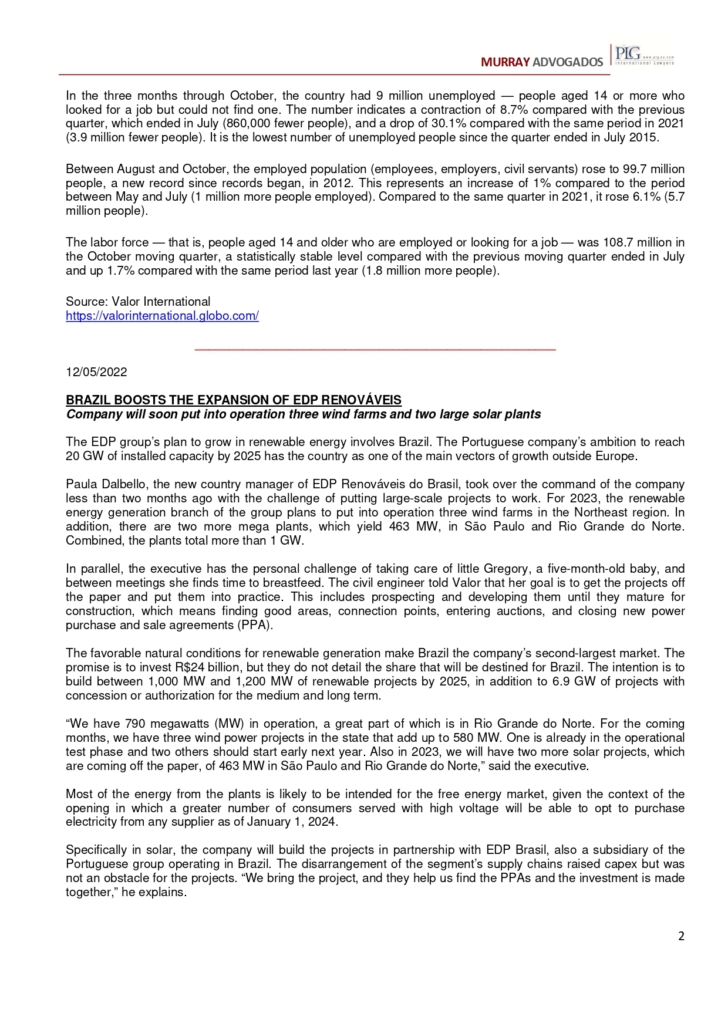
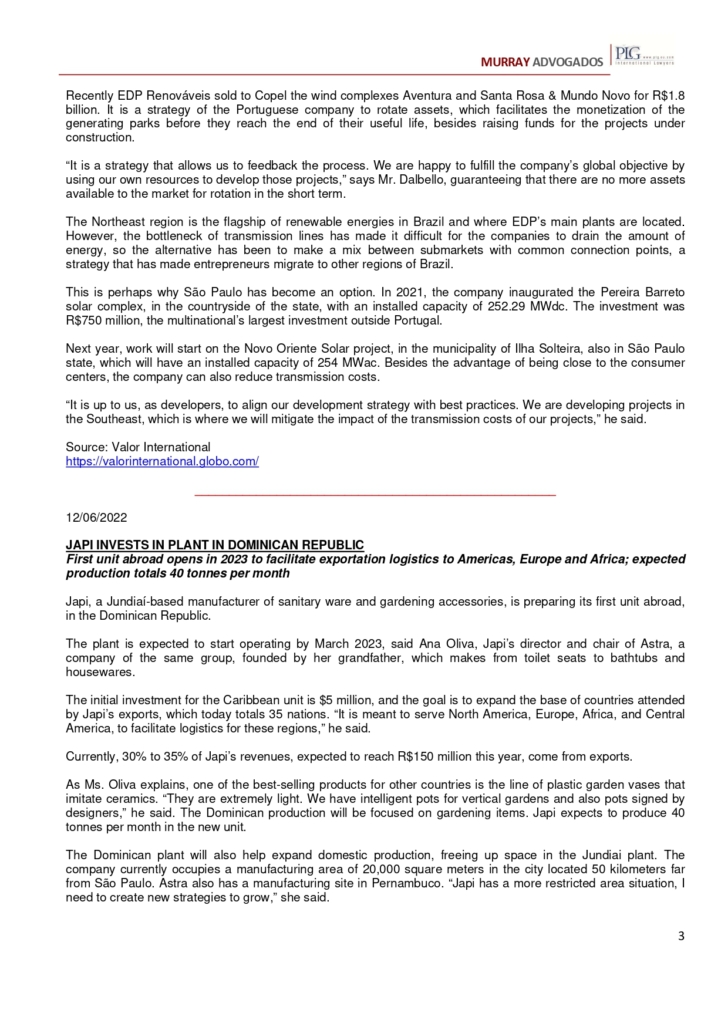
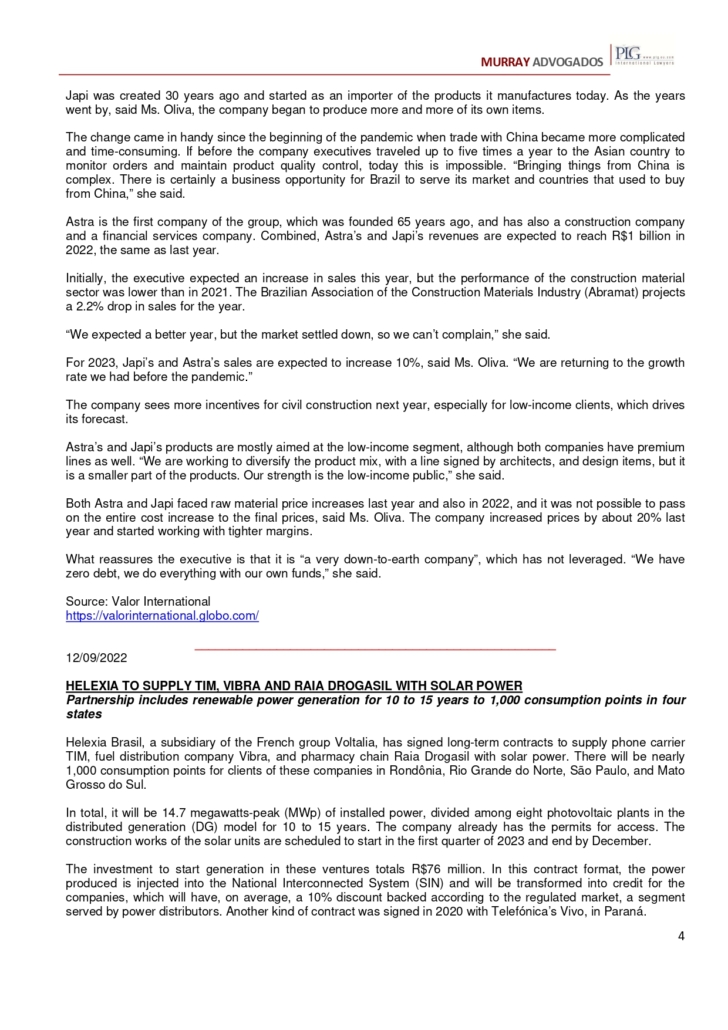
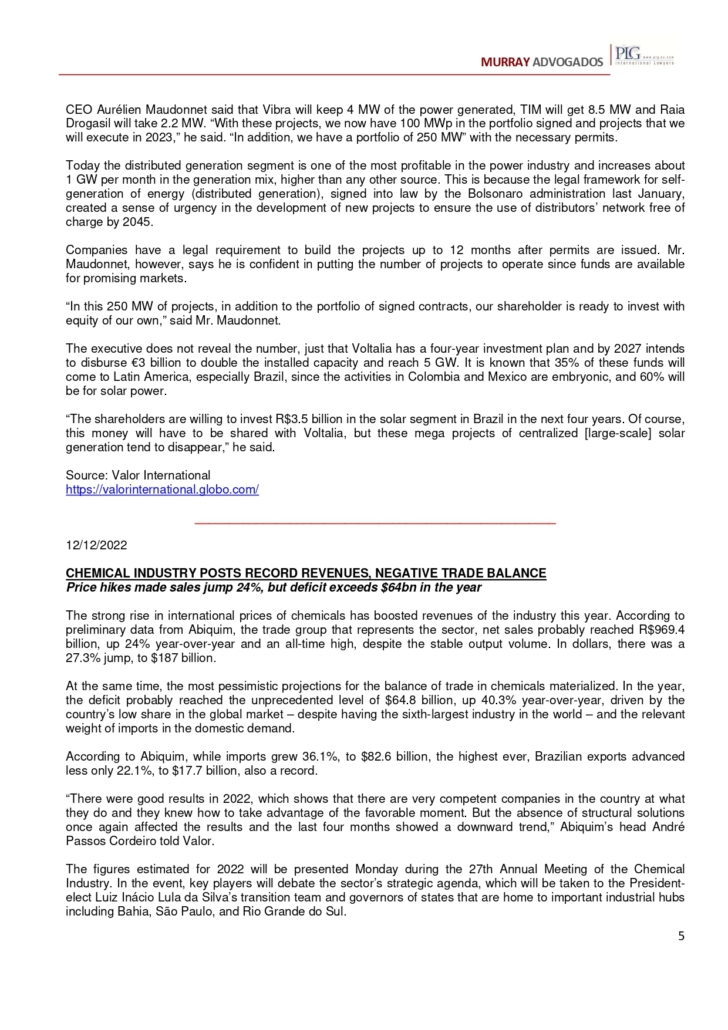
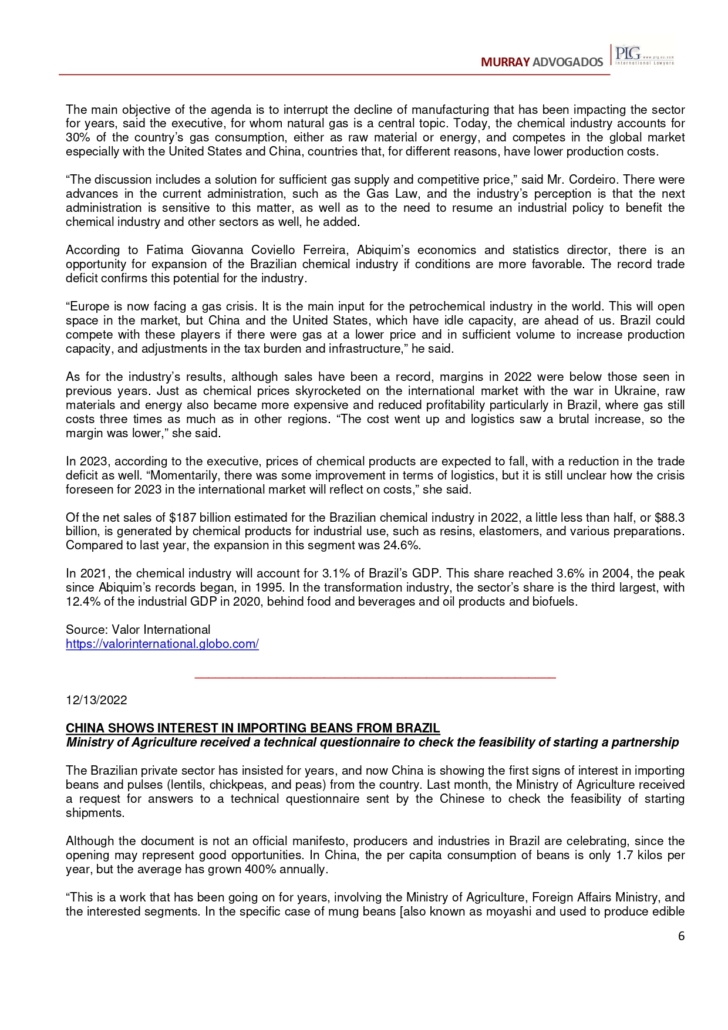
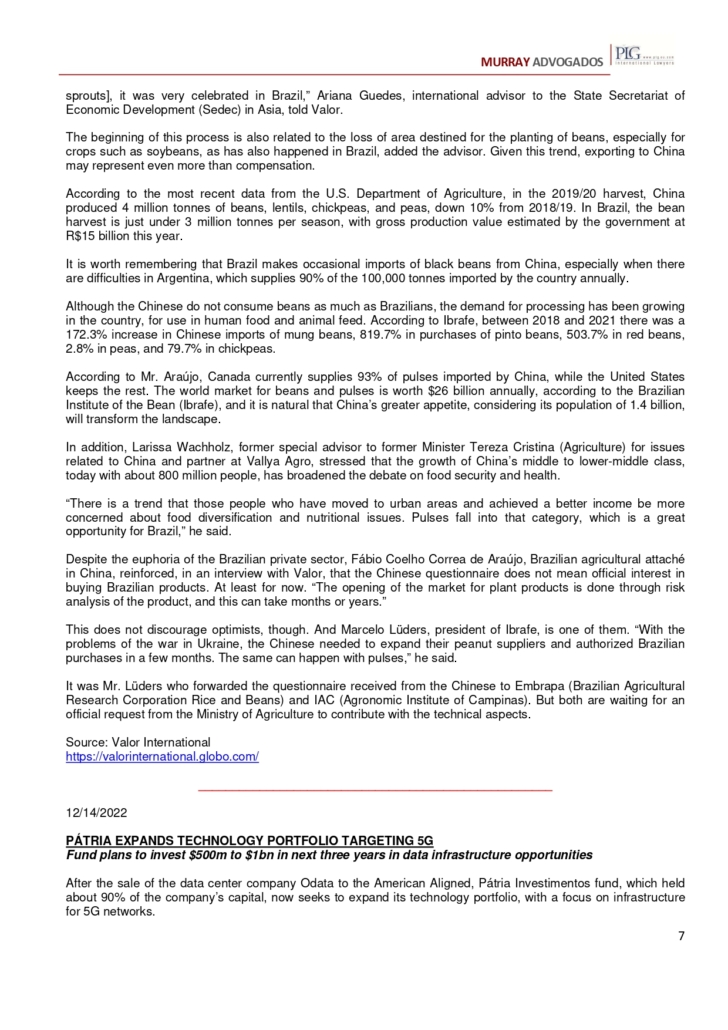
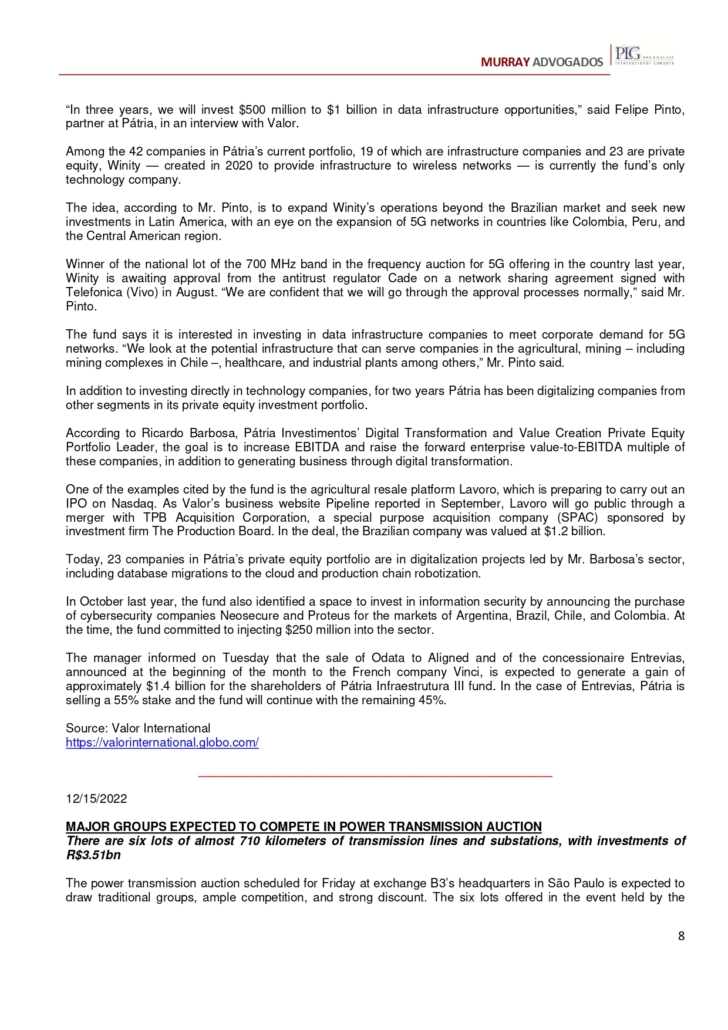
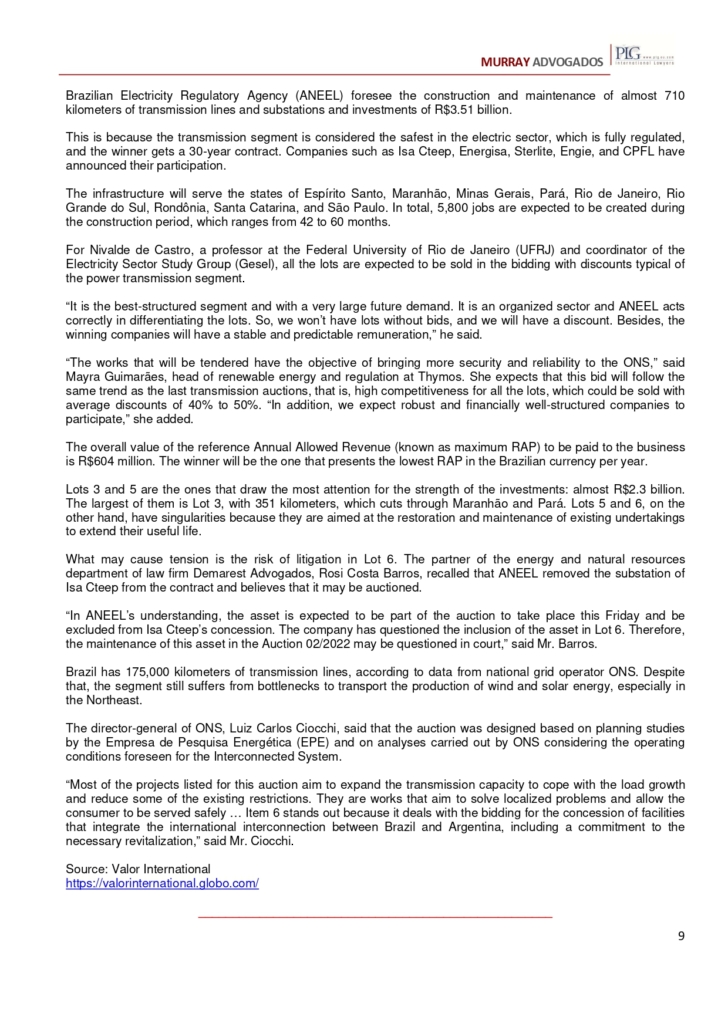
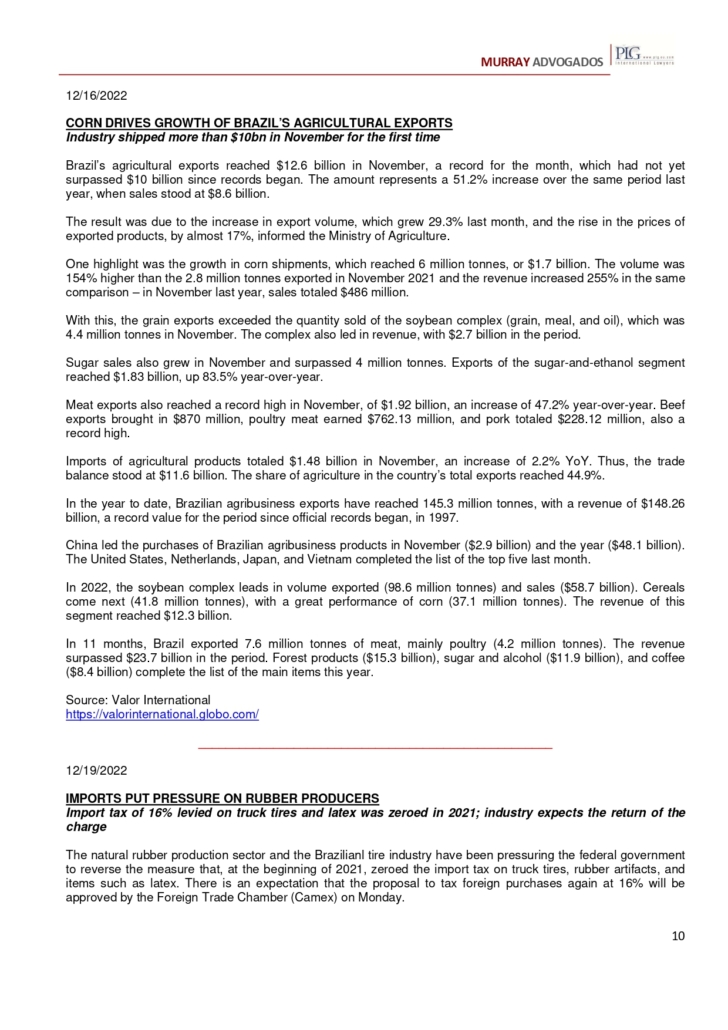
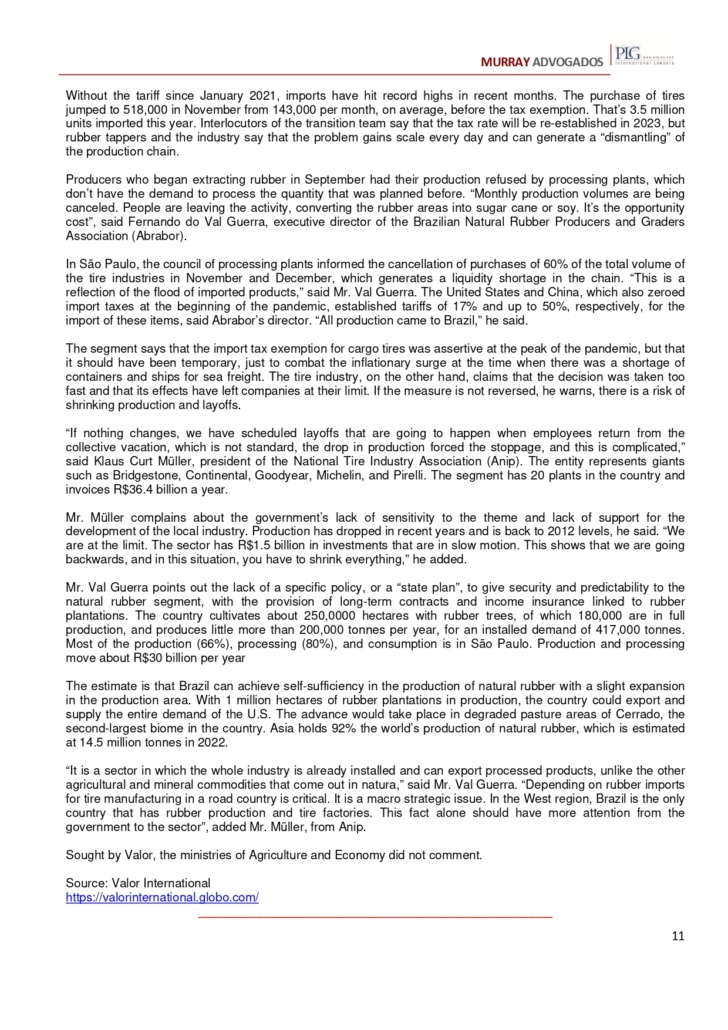
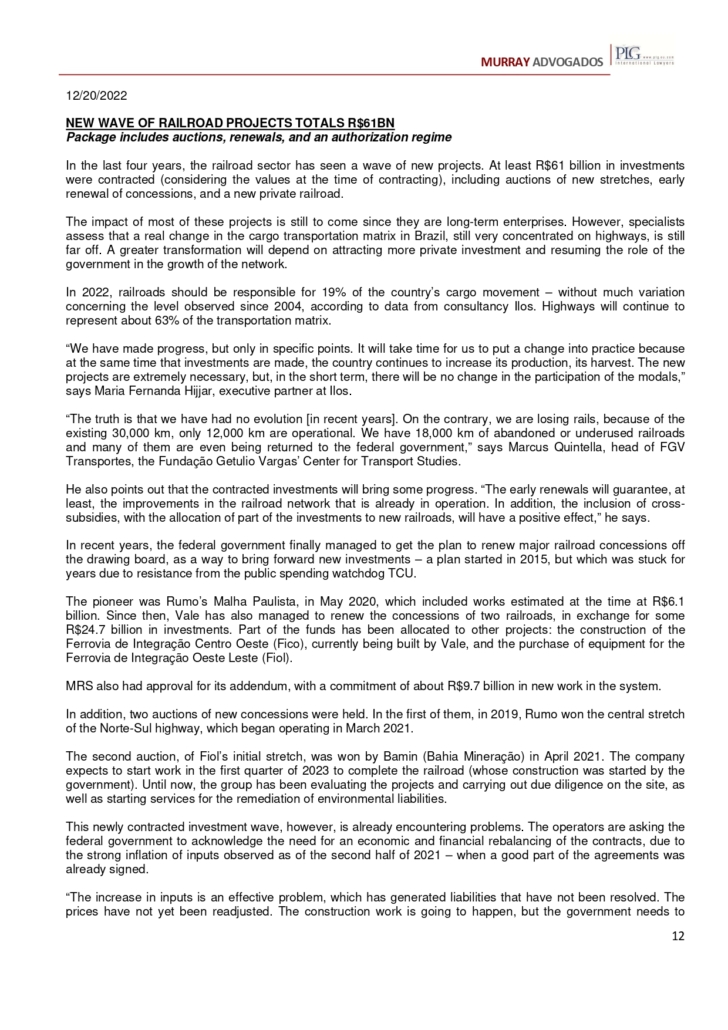
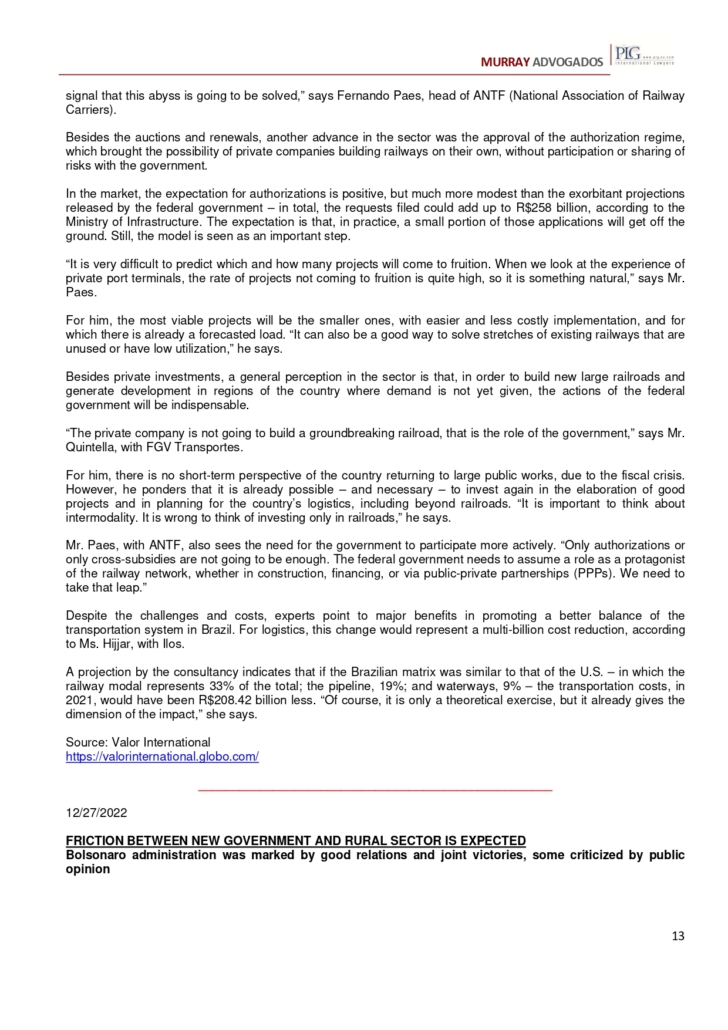
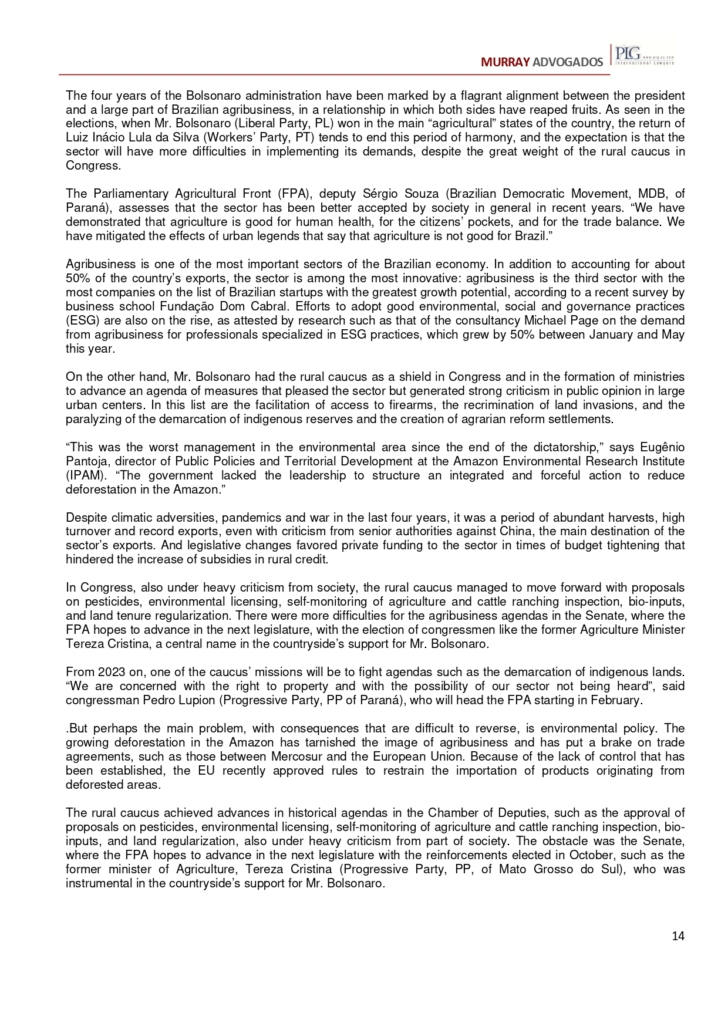
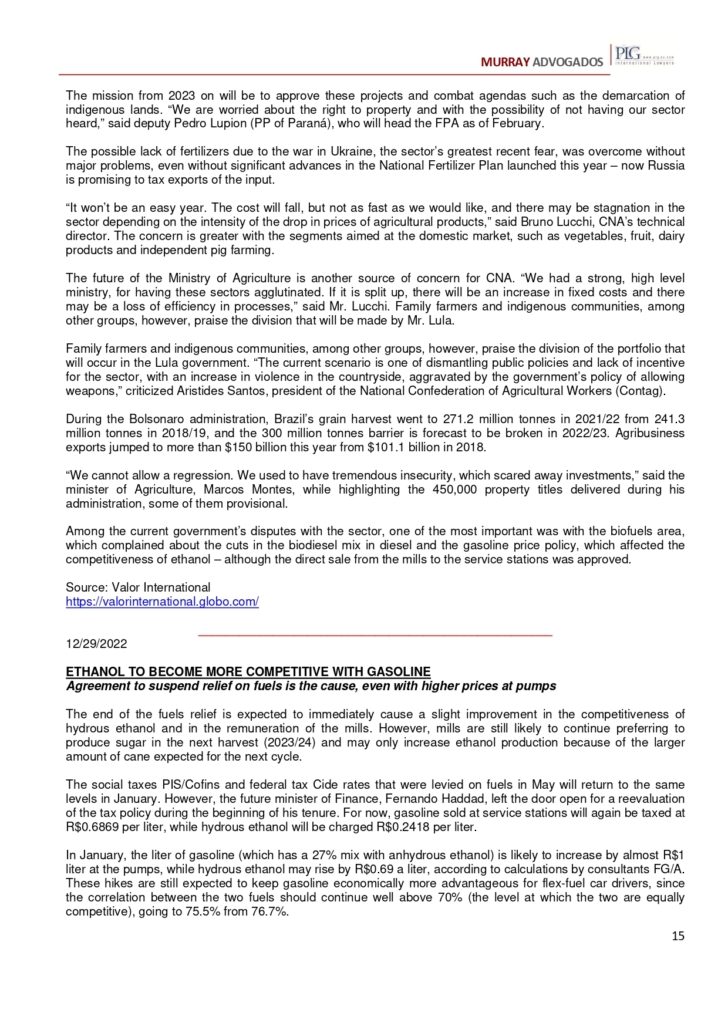
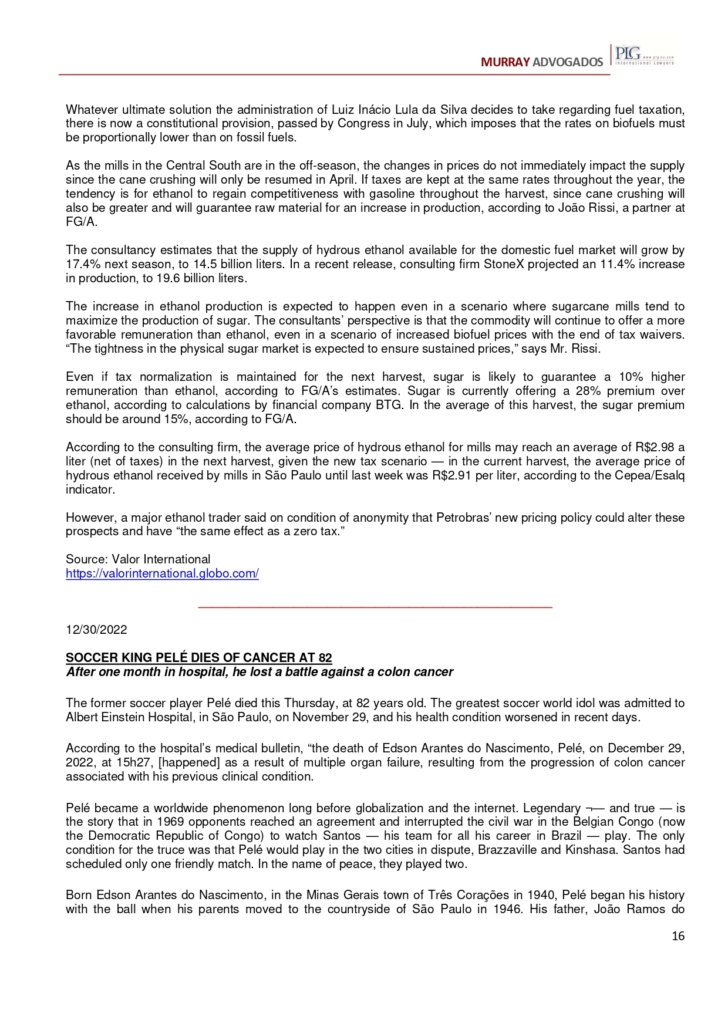
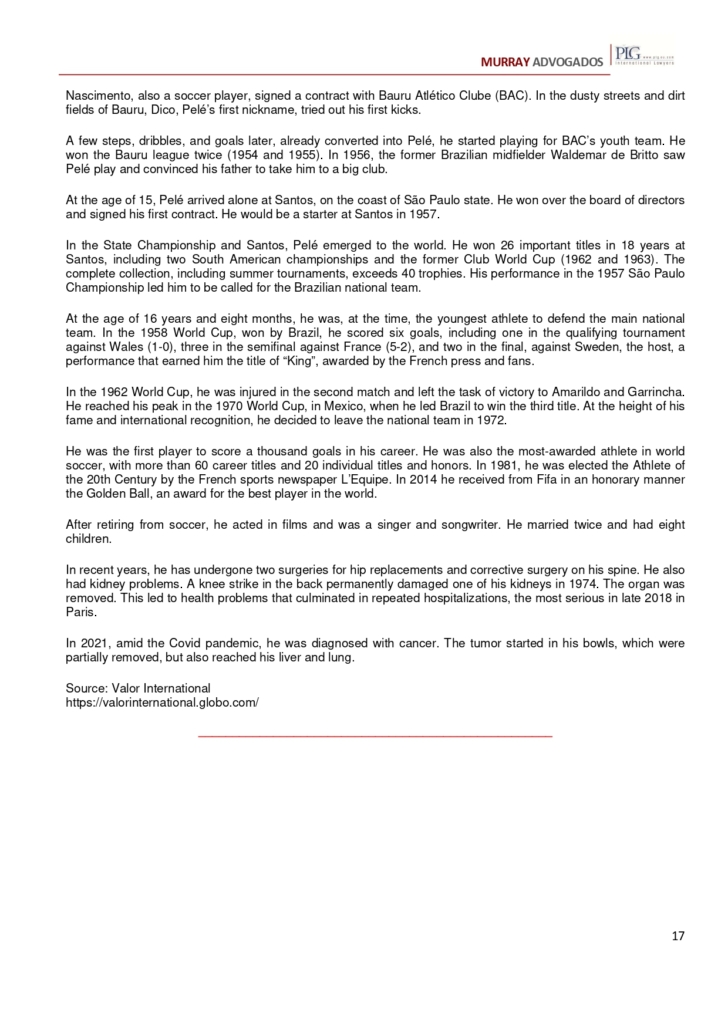
/i.s3.glbimg.com/v1/AUTH_37554604729d4b2f9f3eb9ad8a691345/internal_photos/bs/2022/m/E/N9vpx0Rpe2pGtdAnG1ww/0dbf69a53f1f41ae862abb16ed317ce4-1-c4ba04f42c814ecdb7b25eae452e7f0a.jpg)
/i.s3.glbimg.com/v1/AUTH_37554604729d4b2f9f3eb9ad8a691345/internal_photos/bs/2022/S/A/TeTJJQSq2b0582tDPtHQ/30bra-100-pib-a6-img01.jpg)


/i.s3.glbimg.com/v1/AUTH_37554604729d4b2f9f3eb9ad8a691345/internal_photos/bs/2022/A/J/tINxXdR3agEbCs0iycFw/29bra-200-fiscal-a2-img01.jpg)
/i.s3.glbimg.com/v1/AUTH_37554604729d4b2f9f3eb9ad8a691345/internal_photos/bs/2021/f/b/Fn47PASZ2Gsn15TqS2cA/correio-ffraz-abr-18091923263.jpg)
/i.s3.glbimg.com/v1/AUTH_37554604729d4b2f9f3eb9ad8a691345/internal_photos/bs/2022/X/q/lHGLEmSWAbVCm22hYAiQ/27agr-100-rural-b6-img01.jpg)
/i.s3.glbimg.com/v1/AUTH_37554604729d4b2f9f3eb9ad8a691345/internal_photos/bs/2022/d/v/ZpZmCNRU2CjF2VzbQW7g/300622exevalor074.jpg)